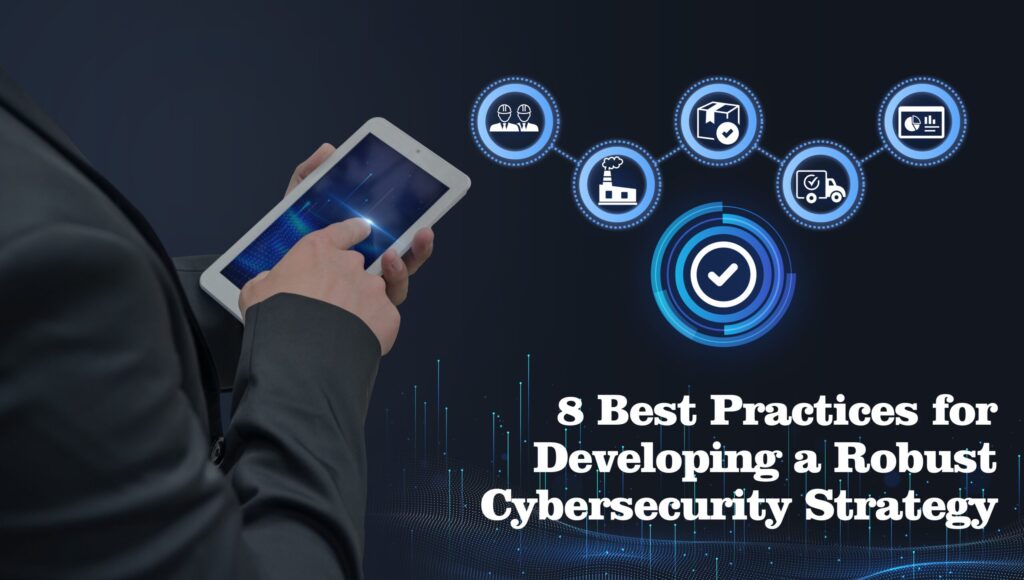Cybersecurity is a growing concern for businesses of all sizes, and a robust cybersecurity strategy is essential for protecting sensitive information, systems, and assets. Here are some best practices for developing a strong cybersecurity strategy:
Conduct a risk assessment: The first step in developing a cybersecurity strategy is to conduct a thorough risk assessment. This involves identifying potential threats, evaluating the impact of those threats, and determining the likelihood of them occurring. The risk assessment will help you prioritize the measures you need to take to protect your organization.
Establish policies and procedures: Establish clear policies and procedures for employees, including guidelines for using company computers and networks, handling sensitive information, and responding to security incidents. Ensure that all employees are trained on these policies and procedures.
Invest in technology: Invest in technologies that will help you detect and respond to security incidents, such as firewalls, intrusion detection systems, and anti-virus software. Regularly update these technologies and ensure that they are configured and maintained properly.
Train employees: Regularly train employees on cybersecurity best practices, such as how to detect phishing attacks, use strong passwords, and keep software and operating systems up-to-date. Encourage employees to report any suspicious activity they observe.

Develop a response plan: Develop a comprehensive incident response plan that outlines the steps you will take in the event of a security breach. This plan should include steps for isolating the affected systems, identifying the source of the breach, and restoring normal operations. Regularly review and update the incident response plan to ensure that it remains relevant and effective.
Monitor for threats: Regularly monitor your systems for security threats and vulnerabilities, and respond promptly to any incidents. Use tools such as vulnerability scans, penetration tests, and log analysis to detect security problems.
Establish partnerships: Establish partnerships with other organizations and industry groups to share information about security threats and best practices. Consider partnering with a managed security service provider to help monitor your systems and provide additional expertise and resources.
Stay informed: Stay informed about the latest security threats and best practices by regularly reading industry publications, attending security conferences, and participating in training programs.
In conclusion, a robust cybersecurity strategy is essential for protecting your organization against security threats. By following these best practices, you can help ensure that your information and systems are secure. Regularly review and update your cybersecurity strategy to ensure that it remains effective and relevant.

